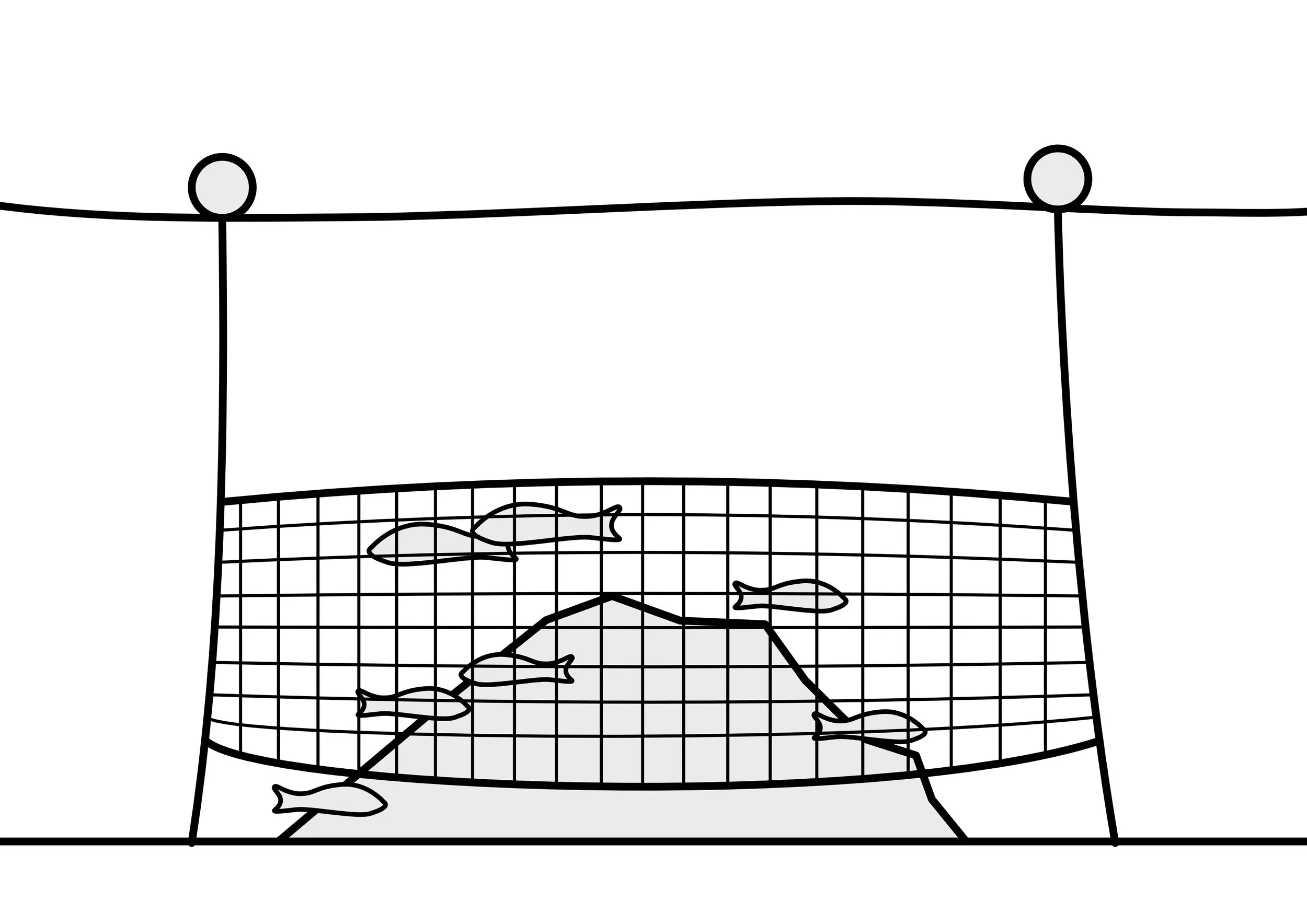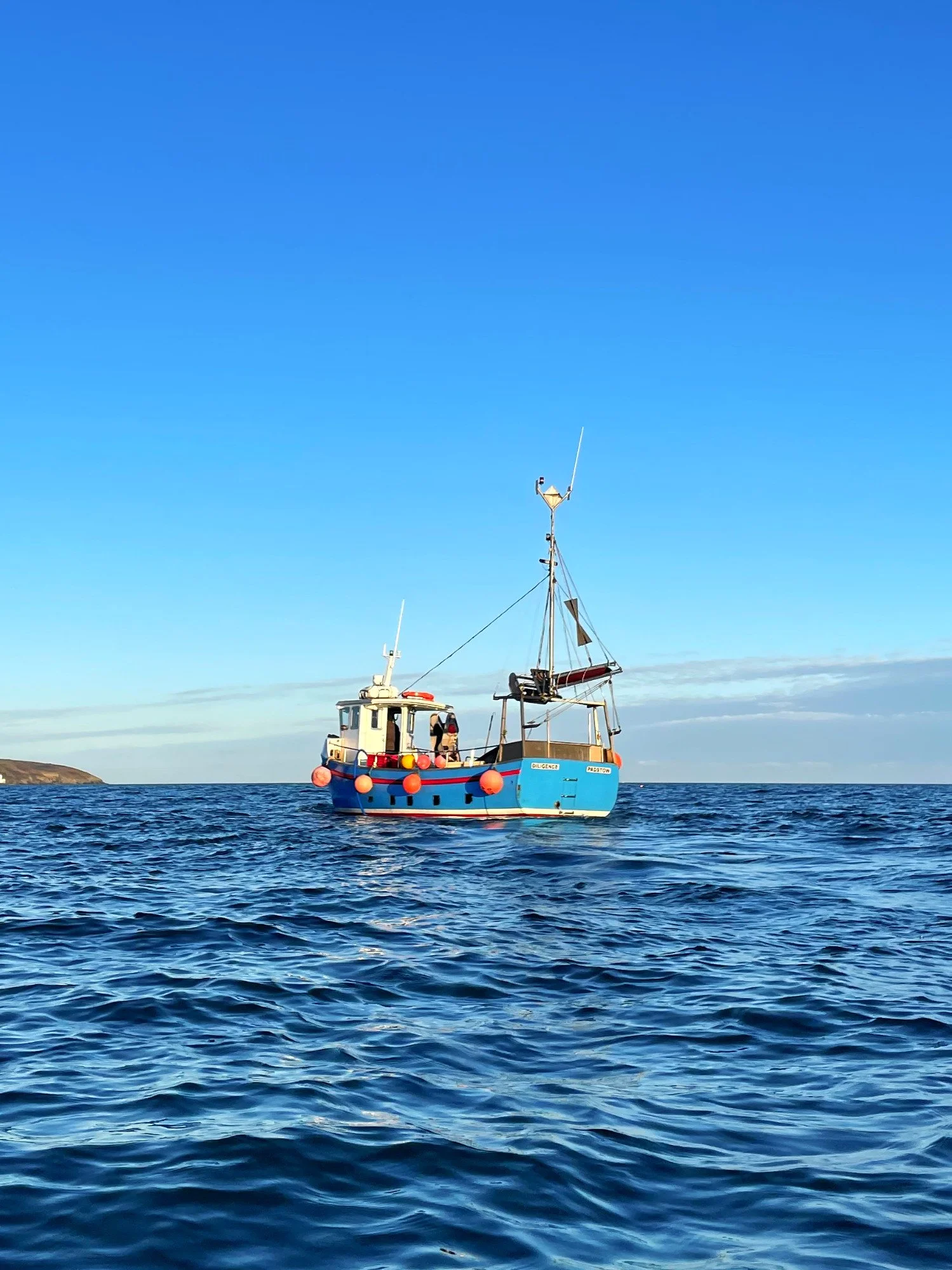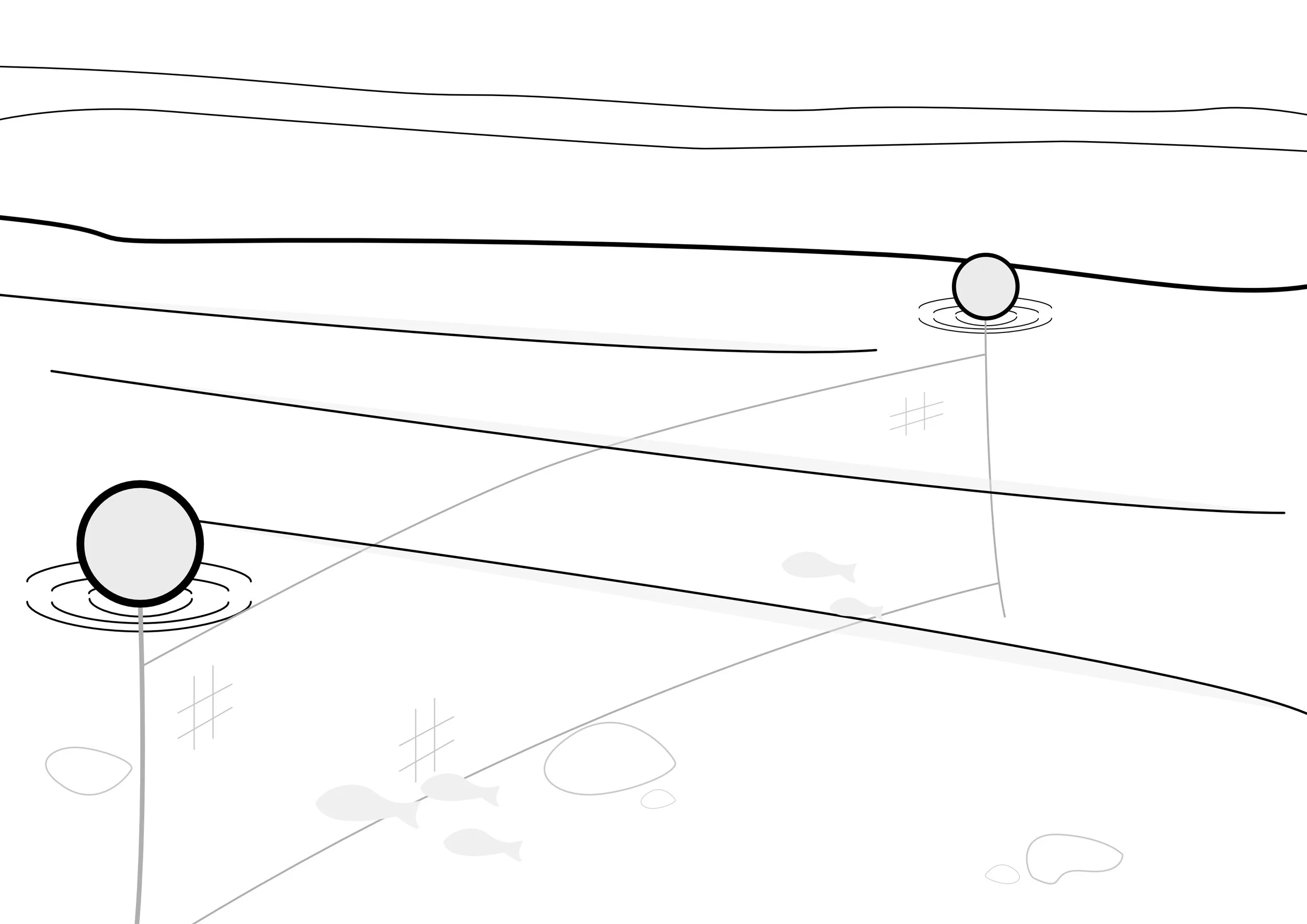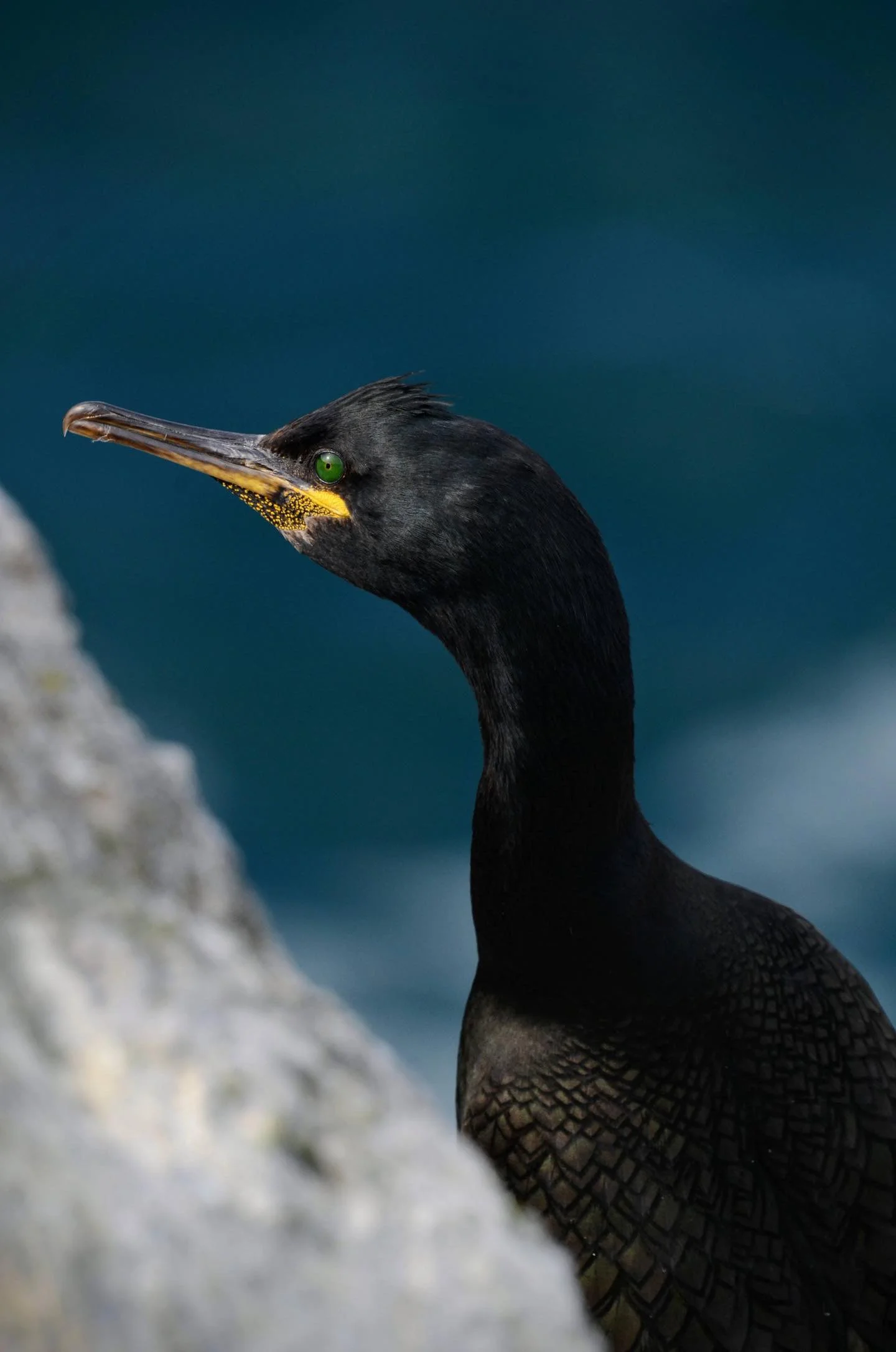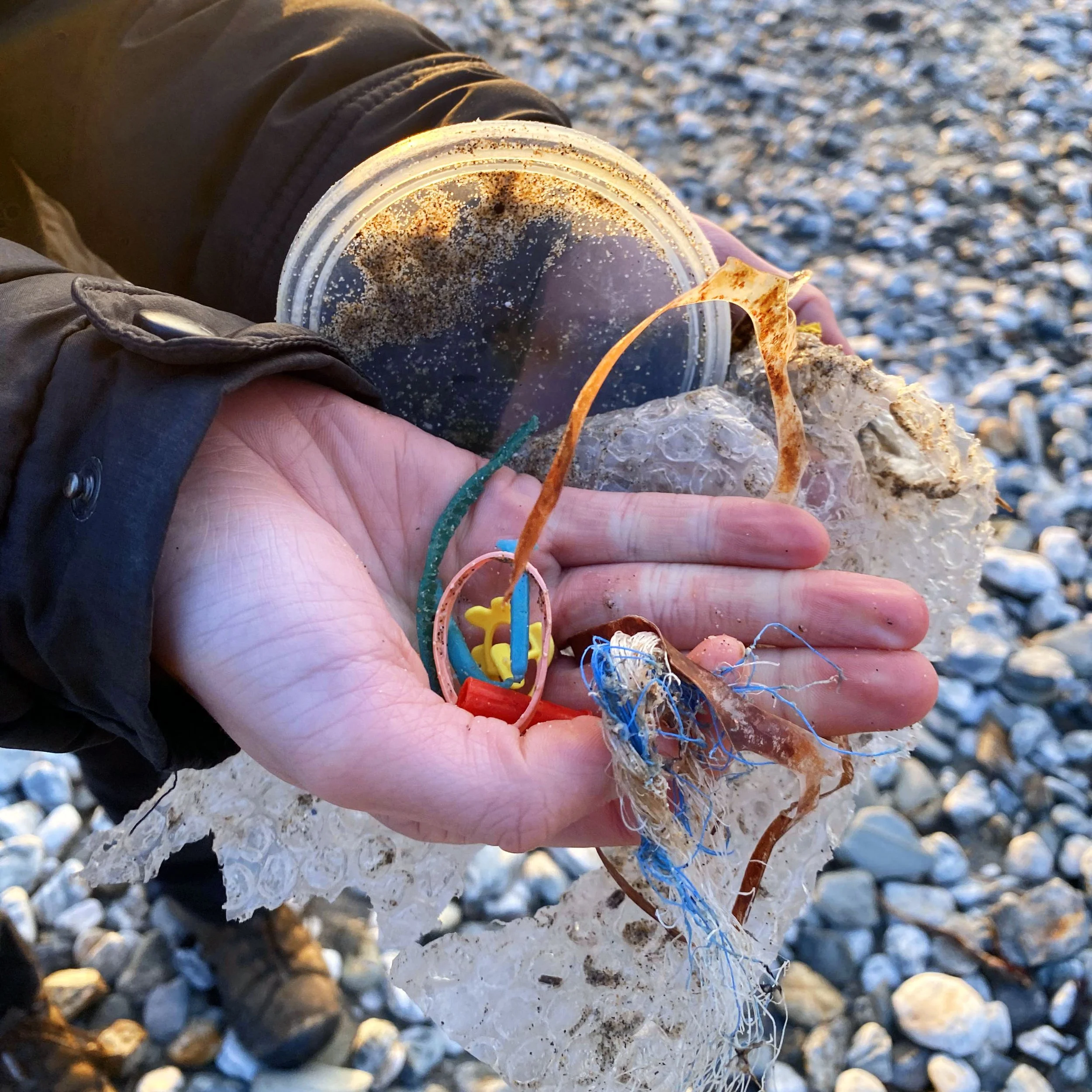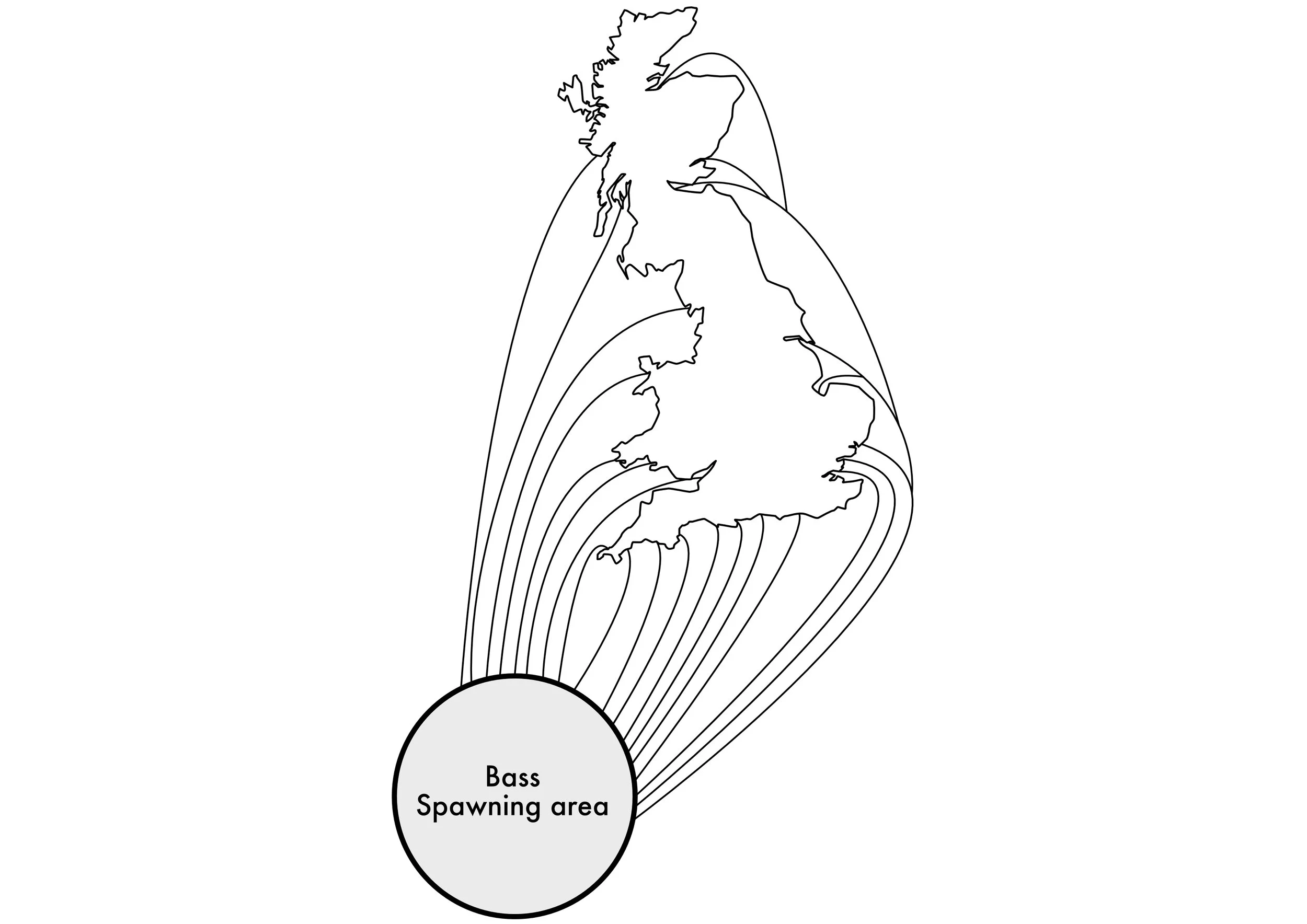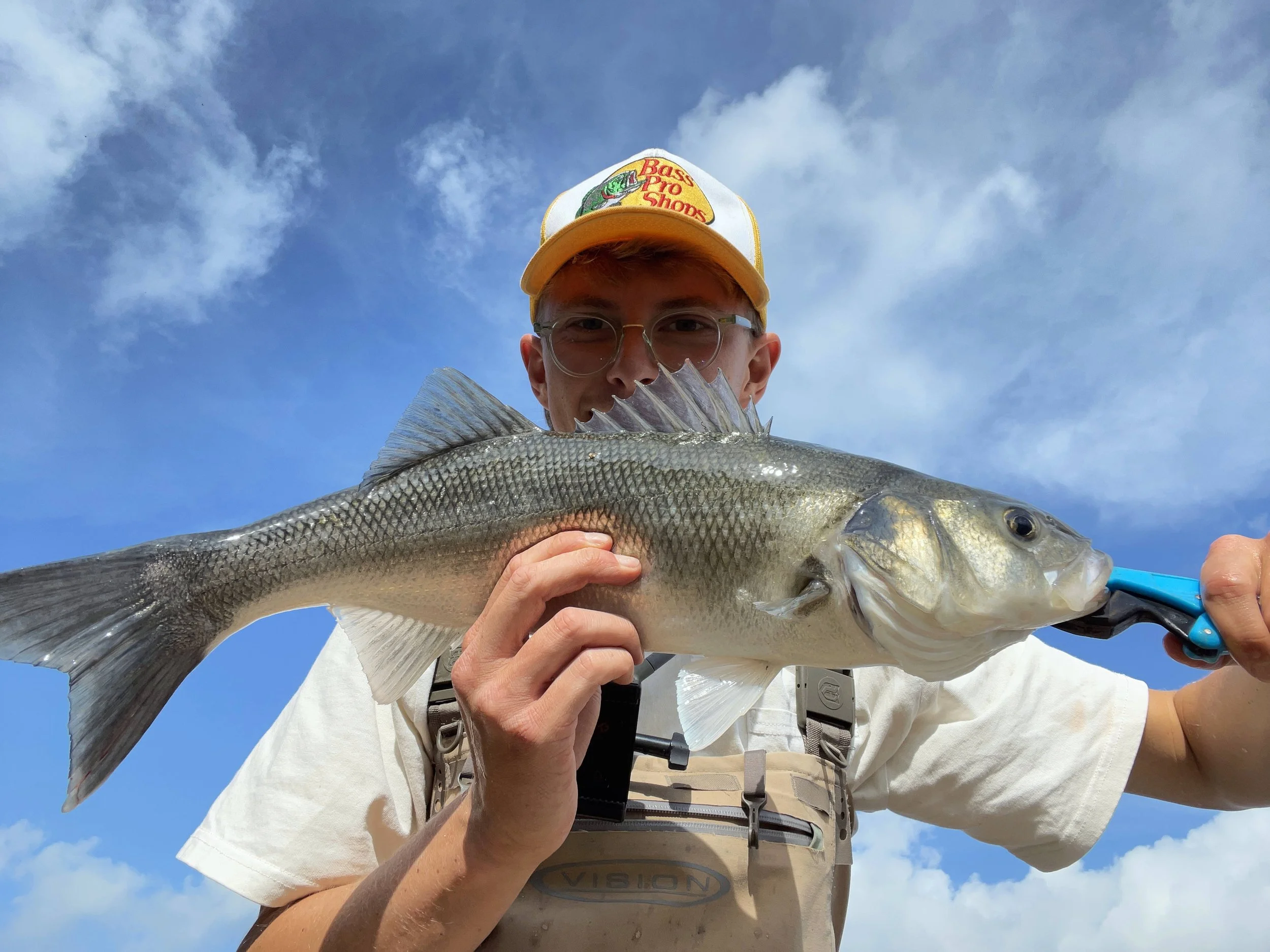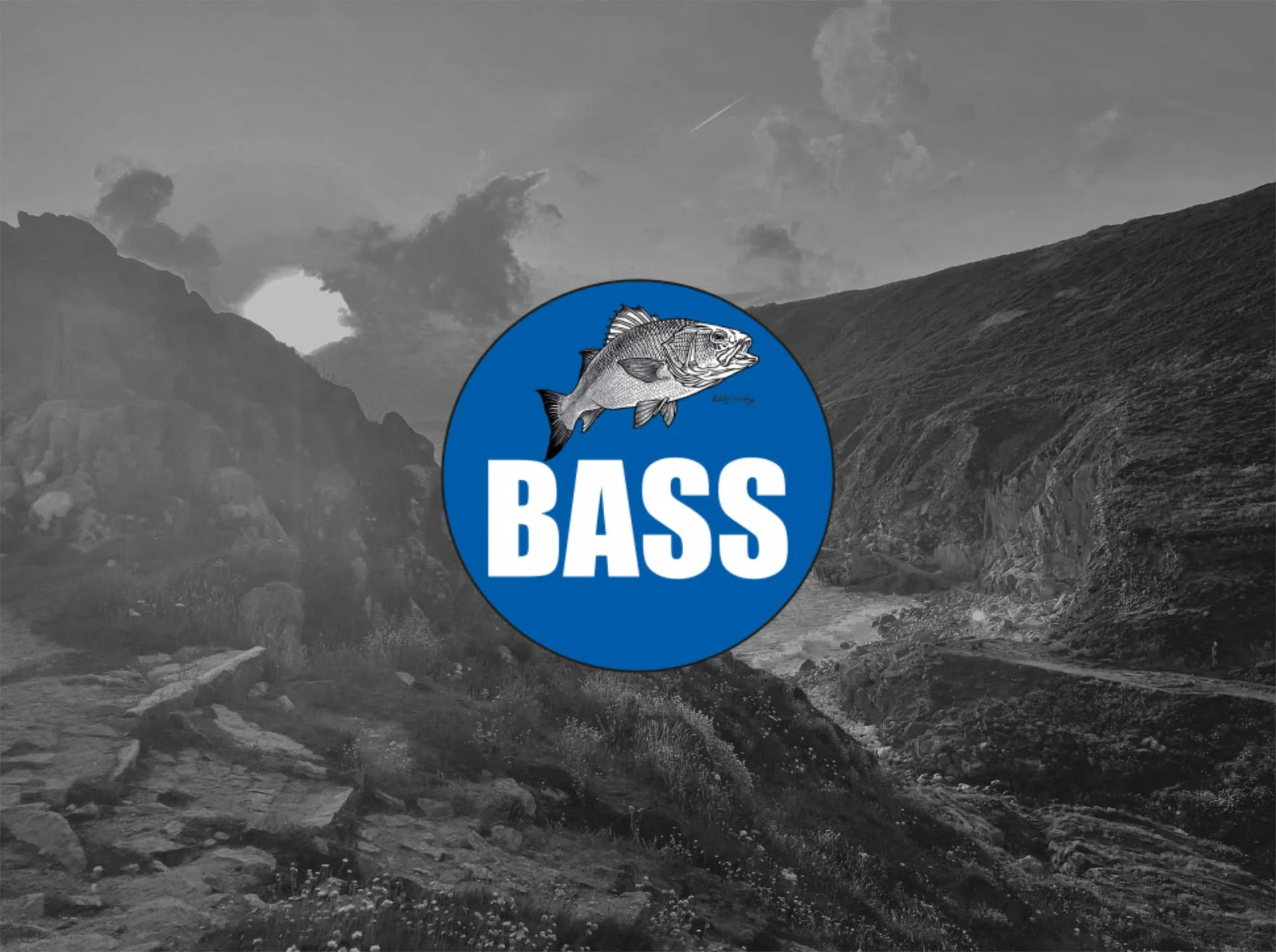A massive victory for recreational fishing -Commercial Gill netting has been prevented in Salcombe estuary
A vote has been cast to prevent commercial netting for Mullet in the Salcombe estuary
In recent events a proposal was put forward by Devon & Severn IFCA’s (Inshore fisheries conservation authority) B&PSC (Bye-law and Permitting Sub-committee) to allow a gill net operation targeting Mullet to take place within the Salcombe and Kingsbridge estuary.
The decision was made to uphold the ban on netting that was implemented in 2018, thanks to the combined efforts of various stakeholders, including recreational anglers like you!
Now, if you got involved and responded to Devon IFCA's consultation, then thank you for taking part, the future of the fish within Salcombe estuary has been secured.
Our fear, was that if the netting was permitted in the Salcombe estuary, then other vital waterways are at risk from having their own commercial netting practices allowed, threatening the fish and our angling interests.
What is important to note is the work that the Angling Trust has done with Grant Jones as the key player in the opposition to the netting proposal. Rallying the recreational anglers to vote against the proposal was key to the vote being in favour of preventing the proposal.
So, please consider joining the Angling trust to support their work in protecting our fisheries nationwide.
The lowdown - What is Gill netting and why is it bad?
First, A bit of history..
Gill netting is a traditional fishing method that has been used by various cultures around the world for centuries. Its history dates back thousands of years, and it has been an integral part of coastal and inland fishing practices.
Gill nets where traditionally made from natural fibres but as the industrialisation period came in, so did advanced materials like Nylon which fishermen used to create efficient nets with. In the modern day, we are all familiar with the waste thats generated from nets. No matter where, along the waters edge, you’ll find fragments of broken nets. The trouble is that modern plastic nets do a good job at catching fish, but are not compatible with our environment.
How does gill netting work?
Commercials can deploy gill nets in many different ways and with varying sizes to the meshes, in an attempt to target specific fish, or at least a particular age bracket of fish. This is not a perfect science though as by-catch cannot be prevented altogether.
Currently, mesh sizes between 31 - 49mm & 71 - 89mm (Advanced netting) have been banned to prevent smaller fish species like Pilchard & Herring from being caught when a bigger fish was the intended target.
Typical instance of a gill net used to target fish living on a reef or section of structure
Gill nets are suspended from a pair (or can be a line) of buoys and they can be adjusted in terms of depth to target fish living near a section or structure.
This is a common practice used to catch on reefs and wrecks out at sea. With deployment times (AKA soak time) ranging from a few hours to days.
Fish are caught in gill nets by their gills. As the fish attempts to swim through, they get stuck just past their head. The design of the net means that the fish is stuck and cannot move forward or back, as their gills have essentially locked them into place.
This boat was dropping a gill net across a bay a year or so ago which I watched from the kayak.
They even warned me to stop fishing or else id lose my lure! I’d presumed they where dropping pots!
A fishing boat setting nets - South Cornwall
Environmental impacts of Gill netting.
The Pollock ban
As of 2024, there has been a ban put on commercial Pollock landings in the south west. A common way to target Pollock is by gill nets set on wrecks or structure. This must have proved fateful for Pollock populations to incur a total ban on landings.
From an anecdotal perspective, it seems that many wrecks now have been fished to point that they are bare, or covered in nets, rendering them un-fishable.
Pollock are endemic to their home reef, meaning they don’t tend to travel too far. This fact has increased the impact of netting wrecks and reefs as resident fish can be wiped out in a single deployment of the net.
This just goes to show how many fish populations are at risk of being over-fished regardless of their location, when their livelihoods depend on small local areas, like a particular reef, or in the case of the proposal, a creek or estuary.
St.Ives from Hayle, with net closure zone in view
Birds can also be impacted by fixed gill nets. Cornwall IFCA has a policy outlines for St.Ives bay, where they reserve the right to close off part of the bay when a ”predetermined level of bird deaths being exceeded” is predicted. (Cornwall IFCA) The impact on birds from nets positioned in creeks would likely be worse given the smaller area.
Understanding Gill nets in Estuaries
Typical Gill net setup in an estuary
Imagine a net stretched across a creek or river, either fixed in place or floating, designed to trap fish by their gills as they swim along the creek. That is how a gill net works in an estuary setting.
In these waterways, you'll find various species like Mullet, Bass, Guilthead Bream, Dogfish, Conger Eel, Huss, and Plaice.
The proposal to set gill nets in the Salcombe estuary was primarily targeting Mullet, but it was recognised that Bass and Guilthead Bream might also get caught unintentionally. However, all these fish, including others, are likely to encounter the gill nets, even if they're only deployed for a short time.
According to Advanced Netting, a significant portion (70%) of the catch must be the intended target. This puts all the fish in the creek at risk of being negatively affected.
Mullet and Bass are at particular risk of being exploited due to their slow-growth rate, taking years to reach maturity or their minimum landing sizes. They spend their early lives in estuaries, feasting on abundant food with few predators.
What's concerning about gill netting in estuaries is that both Mullet and Bass use the creeks as safe havens while they're young. During the summer months, larger specimens return to these creeks & gorge on crab, shrimp & Oysters.
Estuaries can harbour fish of all sizes, including huge specimens on Bass over the 10lb mark (thats massive btw), putting fish at all stages of growth at risk of being caught in nets.
It's Not Just About the Fish
Birds are also at risk from shallow nets commonly found in estuaries. Seagulls, Cormorants, Shags, Oystercatchers, Redshanks, and others hunt in various ways, making them susceptible to getting caught in the nets accidentally.
Fish caught in the nets may attract birds looking for a meal, potentially resulting in both the bird and fish becoming entangled.
Cormorant - Captured by the Talented Archie Raistrick
@Raistrickarchie - Instagram
A few washed up items collected from a beach. Some of which is from fishing nets
Discarded nets
Damaged nets can break free and wash ashore, posing hazards to wading birds and polluting the intertidal zone with fragments of nylon that stick out like sweets amongst the weed.
Next time you go fishing, aim to pick up any pieces of net you find and take a photo.
Post them on your socials with the hashtag Tidework, we can collectively make an album documenting the impact of broken & discarded nets.
What About Other Creek Wildlife?
Crabs, flatfish, Seals, and Otters would also be threatened by gill nets. Stricken fish could become an easy meal for Seals, but there's also a risk of Seals getting entangled, leading to further damage.
Some sources have mentioned that seals are well trained at plucking fish from gill nets as they are being retrieved onto the boat!
How would we, as recreational anglers be affected?
We would lose our precious fish!
Gill nets slung across the estuaries would capture our beloved fish we target for sport. Thinking about the Bass, schoolies and big heavy old breeders would be at risk of being caught.
Bass can be residential for part of their lives, as schoolies before they become of breeding age, and then again once they have decided enough travelling to the channel is enough. These larger fish operate on their own and can be upwards of 10 years old, making them wise old creatures. Finding & catching these fish involves a lot of skill and dedication and to have the risk of them being netted is just something I cannot bear to think about.
Not to mention the other species.. Mullet & Guilthead bream are prized sport fish, with Mullet being infuriatingly hard to catch and Guilthead just plain rare and sodding difficult to hook up to with their teethy mouths! Any additional commercial pressure on these fish will be have a heavy impact on our recreational fishing enjoyment & success.
Our impact on the local economy as anglers is not be ignored either. We all have to travel, purchase fuel, food and tackle to go fishing which all contributes greatly to the local communities we fish in. As the fishing grows in popularity, this fact will have to be kept in mind by DEFRA & local IFCA’s when considering commercial proposals in the future.
Bass have an incredible journey to make
A diagram illustrating the yearly movement of Bass from their approximate spawn grounds in the English Channel to their local haunts around the UK.
When you consider the journey Bass make each year, and the risks they face on that journey, its a wonder we come face to face with them when fishing in an estuary. Commercial fishing, predators, other anglers, boats, inverse weather or even a lack of food, all have to be surmounted for them to arrive back in the creek that your muddy boots stand in.
Then, the odds decrease even further for the Bass to take your lure and be landed on the bank.
It really makes you appreciate when you do finally catch!
This Bass was the first one caught during 2023’s Cornwall lure festival hosted by The Art of Fishing - Probably one of the best feeling fish to catch, given the competition & poor performance the year before!
After reading this article I hope you are a little more informed on the impact that gill netting has, and would have had on our fishing had the proposal gone ahead.
We must all be grateful for the work the Angling Trust & BASS have done in mobilising anglers to respond to the proposal and vote to keep the ban in place. Our fishing may have a looked a bit different in a few years time if not!
Tight lines! 🎣
Tidework is an affiliate organisational member of the Angling trust, we support the AT’s work & aim to promote fishing best practices


